It was mid-February and Maria Konnikova — a psychologist, writer and champion poker player — was on a multicity trip. From her hotel room in New Orleans, she called her sister, a doctor, to discuss the emerging COVID-19 pandemic. Konnikova saw there were early cases in Los Angeles, where she was headed for a poker tournament.
The odds of Konnikova getting infected or spreading the virus by participating in a large indoor event were unknown. But as a poker player she had a lot of experience thinking through the probable risks associated with different decisions. So she played it conservatively. She cut short her trip and went home to quarantine in New York.
Konnikova's psychology expertise tells her that most people have a hard time thinking through the uncertainty and probabilities posed by the pandemic. People tend to learn through experience, and we've never lived through anything like COVID-19. Every day, people face unpleasant and uncertain risks associated with their behavior, and that ambiguity goes against how we tend to think. "The brain likes certainty," she said. "The brain likes black and white. It wants clear answers and wants clear cause and effect. It doesn't like living in a world of ambiguities and gray zones."
Many months into the pandemic, even as the nation faces its highest average daily case counts to date, people still don't agree on how to live in the era of COVID-19. We know how to protect ourselves — washing our hands, wearing masks and staying socially distant — but many people still take unnecessary risks, even at the highest levels of government.
In late September, the White House hosted an indoor party celebrating the nomination of Judge Amy Coney Barrett to the Supreme Court. It became a possible superspreader event because attendees did not wear masks and ignored social distancing recommendations. Former New Jersey Gov. Chris Christie didn't wear a mask at the event. He also went without one when he helped President Donald Trump prepare for his first debate. Christie later spent a week in intensive care with COVID-19 and then wrote an opinion article in The Wall Street Journal titled "I Should Have Worn a Mask." "I let my guard down," he wrote.
The U.S. Centers for Disease Control and Prevention called on Americans to wear masks in July. So why is it so hard for people to mask up and practice other established behaviors to prevent the spread of COVID-19? The problem, experts who study the way we think say, is that the unprecedented nature of the pandemic makes us vulnerable to subtle biases that undermine how we process information and assess risk. Our brains can play tricks on us. That causes some people to underestimate their risk, the experts said.
When Las Vegas reopened, crowds showed up without masks. An estimated 365,000 people attended the annual Sturgis Motorcycle Rally in South Dakota. Many didn't wear helmets or masks. The festivities included a non-socially distanced concert by Smashmouth. And even though masks were distributed and required at a recent Trump campaign rally in Erie, Pennsylvania, some attendees did not wear them, and the campaign packed people into crowded buses.
It may not always seem like it, but people are rational and weigh the costs and benefits when they make decisions, said Eve Wittenberg, a decision scientist at the Center for Health Decision Science at the Harvard T.H. Chan School of Public Health. "People are not stupid here," she said. But they have no experience thinking through a pandemic and are also getting mixed and conflicted messages from leaders, she said. That creates uncertainty and can lead people to rely on patterns of risk perception that may not be accurate.
The Power of Social Norms and Personal Experience
People may be more likely to participate in riskier activities because they tend to behave according to the norms that surround them, said Lisa Robinson, a senior research scientist at the Center for Health Decision Science. If we're surrounded by people who behave a certain way, she said, we are more likely to behave the same way.
At this point the facts about COVID-19 are well established. It's extremely contagious and transmitted via droplets that come from an infected person's mouth or nose. This can happen during speech, coughing, sneezing or breathing — whether a person is experiencing symptoms or not. Older and sicker people are at higher risk of serious illness or death. But young, healthy people can still become infected and sick, and they can also put others at risk by spreading the virus.
A well-known historical example of people being directed by social norms is smoking, Robinson said. For decades the societal norm said smoking was cool, even after it was known to kill people. That contributed to a lot of people smoking, willing to take the risk. Then the norm flipped and smoking became uncool, and fewer people smoked. "We take a lot of cues from our environment," Robinson said. "If I see a lot of people wearing a mask, I wear a mask."
Betsy Paluck, a professor of psychology and public policy at Princeton University and MacArthur "Genius" Fellow, studies how these social norms are formed and how they shift over time.
"There's a lot of competing information out there," Paluck said. "Your individual decisions are very real to you, of course, but they need to be validated by other people in your neighborhood, your organization."
Paluck said everyone is influenced by social norms, including her. She has a newborn and elderly parents, so she's been cautious during the pandemic. But it's getting harder to be careful as people broaden their social lives.
She talked recently to a friend who is holding her kids out of school, opting for all virtual instruction. The friend's decision felt like a huge relief because it affirmed Paluck's own feelings. It showed her how much we all rely on our shared reality. "Holding the line on your own is just not tenable," she said.
Personal experience also has an outsized role in decision-making. People who were in the hot zones of New York City and New Jersey during the initial spread of COVID-19 witnessed the effects of the virus. They may have become infected themselves or known others who became sick or even died. They might have known health care workers who cared for the sick, potentially exposing themselves in the process. Meanwhile, people in parts of the country that have not been hit hard by the virus might not have had that experience and therefore fail to appreciate the risk.
Poker players, along with folks like meteorologists, horse race handicappers and lawyers who work on a contingency basis are routinely rewarded or punished based on the odds. This gives them a rare visceral, experiential understanding of percentages and lets them short-circuit a cognitive effect called the "description-experience gap," which leads people to underestimate risk based on their own personal experiences.
Even Nobel Prize-winning economists are susceptible to it. The pandemic is beyond the limits of human intuition, said the psychologist and economist Daniel Kahneman on Konnikova's podcast.
Wittenberg pointed to the work of Kahneman and Amos Tversky, who coined the term "availability" to describe how we base our thinking on what we've seen or experienced. We see it show up when a person assesses his or her risk of a heart attack by recalling instances among acquaintances, the two researchers wrote in their 1974 paper, "Judgment Under Uncertainty."
The researchers also noted how some instances might come to mind more easily than others and thus get more heavily weighted in decision-making. Other instances might be more salient or may have happened more frequently, so they come to mind faster. Relying on "availability" to make decisions introduces biases, according to Kahneman and Tversky. "It is a common experience that the subjective probability of traffic accidents rises temporarily when one sees a car overturned by the side of the road," the researchers wrote.
The Need for Leaders and Institutions to Guide Us
The confusion surrounding COVID-19 was magnified by a lack of testing in the early days of the pandemic and then delays in test results, Wittenberg said. That meant people didn't have clear data to anchor their risk assessment.
The confusion called for leaders to guide the public with clear public health messages, but instead they have exacerbated the problems. It was well known relatively early in the pandemic that wearing a mask could help prevent the spread of the virus, but it took until July before Trump wore one in public for the first time. Some governors have downplayed the risk posed by the virus, others have emphasized it. That's left the public "grappling with mixed and conflicted messages," Wittenberg said.
Baruch Fischhoff, a psychologist who studies risk and decision-making at Carnegie Mellon University, said people are good at perceiving risk if they are getting information from a trustworthy source. But the risks associated with the coronavirus, which is invisible, are not intuitive, he said. It's hard for people to project the exponential spread of the virus, he said. Our minds don't easily extrapolate it, so we need leaders to help protect us from ourselves, he said.
The situation could be compared to how the government protects people at train crossings, Fischhoff said. Drivers are good at estimating the speed of other cars. But research from accidents at train crossings has shown that drivers are not good at estimating the speed of oncoming trains, which are much bigger. "Our brains are calibrated to treat a train like a car," he said, "but it's going faster than it looks."
To stay safe from an oncoming train, drivers either need to go against their intuition, have someone warn them in a way they will remember or have something block the crossing when a train approaches. "Somebody needs to protect you," he said.
Good public health communication requires testing messages to make sure they are interpreted correctly by a wide range of people, Fischhoff said. "Our official communicators have dropped the ball, and they have been undermined by people who don't have the public's interest at heart," he said.
Paluck, the social psychologist, said certain leaders and influencers stick out like bright colors. They're charismatic and we look to them when we check our own behavior. "What they say and do becomes the anchor we use," she said.
People also put faith in trustworthy institutions, she said, even when they may not agree with what the institution is saying. She and a colleague found something suprising when they studied the effect of the Supreme Court legalizing same-sex marriage. A greater number of people supported same-sex marriage because of the Supreme Court's decision, even if they had not changed their personal views. "They thought that there was a bigger consensus in the United States that same-sex marriage was a good thing," Paluck said. "So that's the power of an institution."
Optimism Bias and Why Institutions Failed to Act
Optimism bias is a pattern of thinking that causes our brains to see future outcomes as rosier than they really are. It transcends gender, culture and age. It turns out to be incredibly helpful in most situations. There's only one subset of the population that doesn't experience optimism bias, Konnikova said — people suffering from depression.
"This is actually something that's very psychologically protective," she said. "It ends up that seeing the world as it is makes you clinically depressed."
When it comes to institutional behavior, however, optimism bias can lead to poor planning and risky decision-making.
Dr. Eric Toner is a senior scholar at the Johns Hopkins Center for Health Security and says that the pandemic has taught him about the power of denial. The global public health community learned in mid-January about the extent of community transmission of the novel coronavirus in Wuhan, China, Toner said. The most obvious sign of concern, he said, came when China took the dramatic step of locking down Wuhan, one of its largest cities. Something really bad is happening, he thought to himself.
And yet, public health officials in the United States were slow to sound an alarm. "People have trouble recognizing when they're facing a catastrophic threat and on the other hand they exaggerate minor threats," Toner said. "We needed messaging from the top of the government that says this is a serious threat."
"Until you hear the message from somebody who is in a position of authority, I think there is a tendency to really want to not believe it. People don't want to believe really bad news."
Toner said the Center for Health Security heard over and over again that hospital CEOs would not be convinced of the dire threat posed by the pandemic until the federal government decided to say something. But by then much time had been lost.
When public health officials did sound an early alarm, their voices were squelched. Dr. Nancy Messonnier, one of the senior leaders at the CDC, warned on Feb. 25 that there would be community spread of the virus, and that protective measures might include school closures and working from home. As ProPublica previously reported, her comments caused the stock market to drop, which infuriated Trump. Vice President Mike Pence was installed as communicator-in-chief, and the CDC officials were sidelined. "When it mattered most, they shut us up," a senior CDC official told ProPublica.
Toner's group is in charge of designing pandemic preparedness exercises. Some of them are eerily similar to our current situation. He said he's often asked how it's possible that we did all these exercises and still had such a bad response to the COVID-19 pandemic. His answer: The exercises advanced the field, but they had their limits. "They didn't inoculate us against really bad decision-making," he said.
This article first appeared on ProPublica. You can read it here.















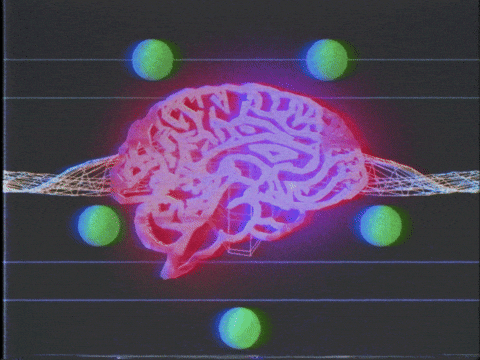 Big Brain GIF by Jay Sprogell
Big Brain GIF by Jay Sprogell
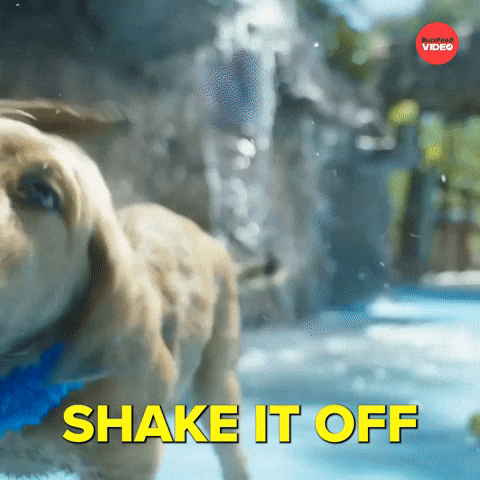 Shake It Off Wet Dog GIF by BuzzFeed
Shake It Off Wet Dog GIF by BuzzFeed
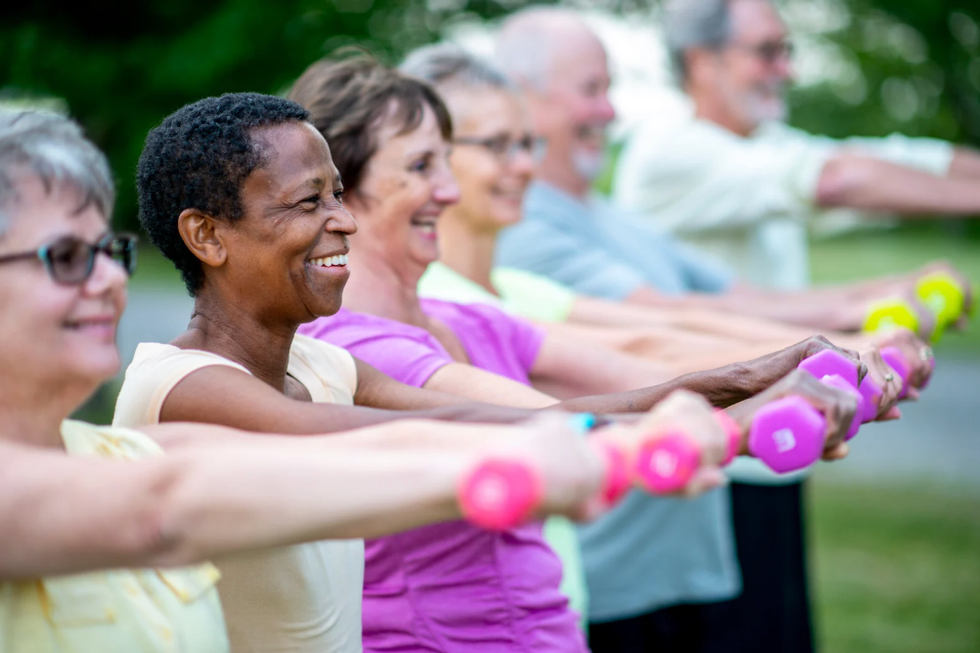 Working out with friends also makes exercise more enjoyable (and feel quicker).Photo credit: Canva
Working out with friends also makes exercise more enjoyable (and feel quicker).Photo credit: Canva
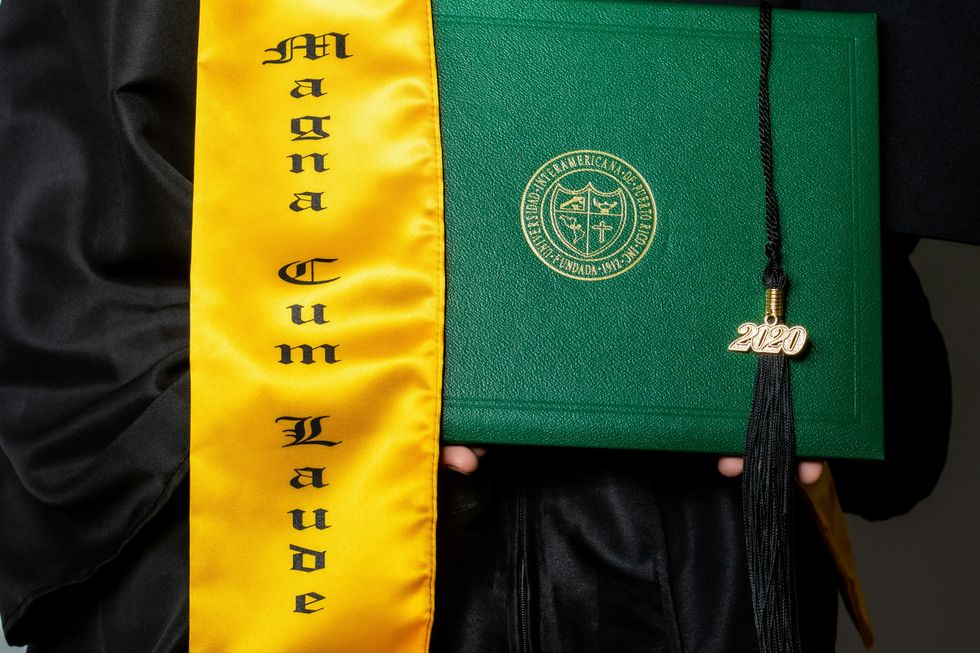 People with Imposter Syndrome can't accept their achievements.
Photo by
People with Imposter Syndrome can't accept their achievements.
Photo by 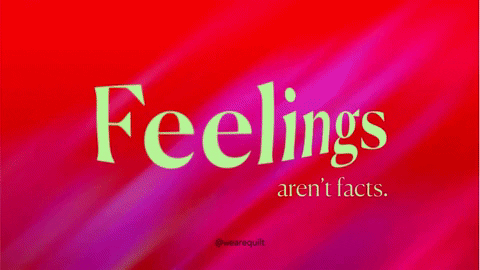 Emotion Feeling GIF by Quilt
Emotion Feeling GIF by Quilt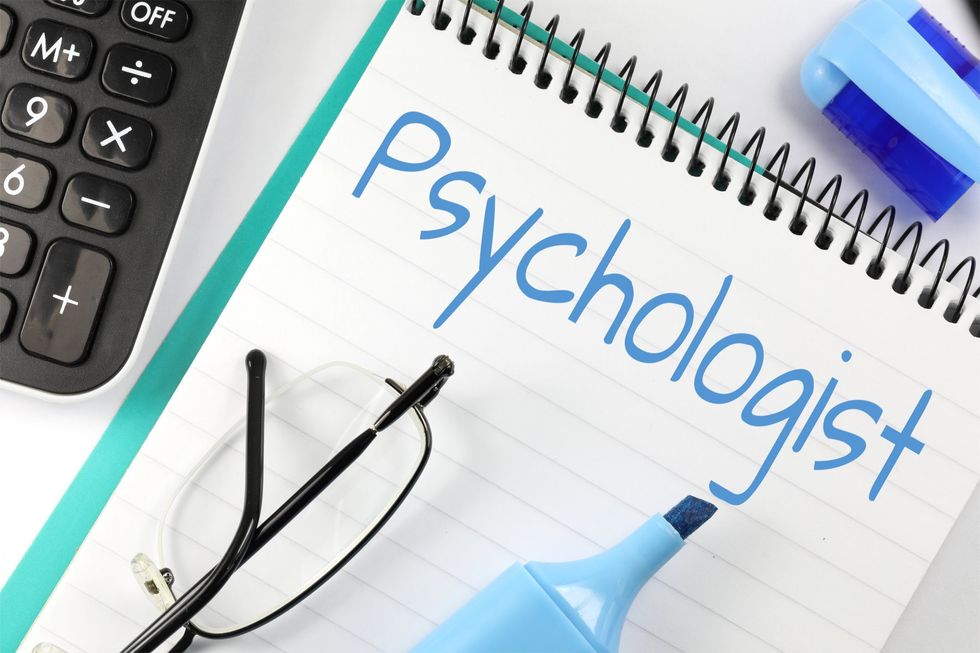 Psychologist - Free of Charge Creative Commons Notepad 1 image
Psychologist - Free of Charge Creative Commons Notepad 1 image
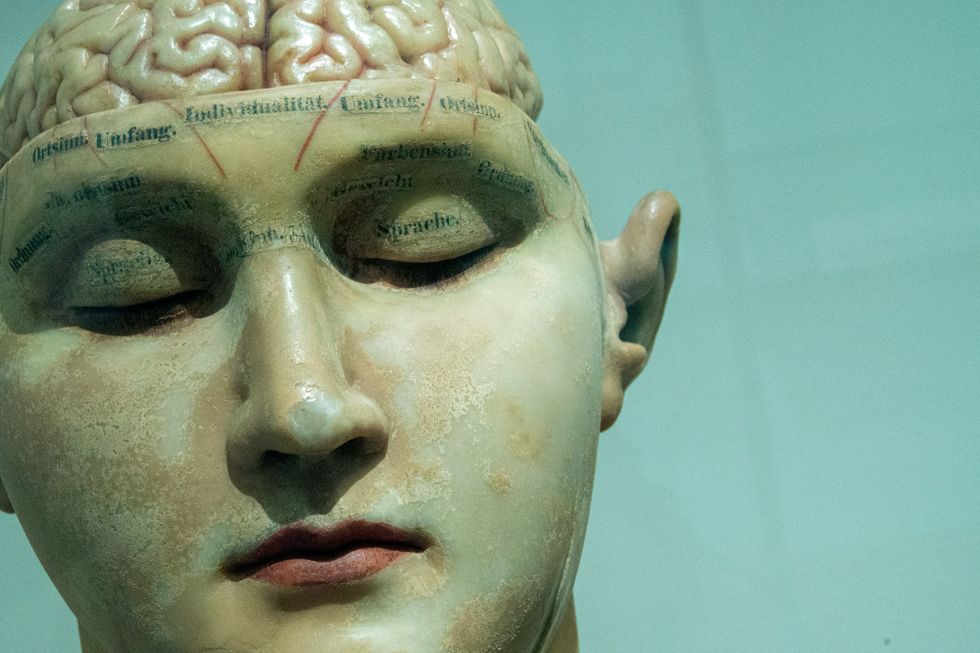 Human anatomy model.
Photo by
Human anatomy model.
Photo by 
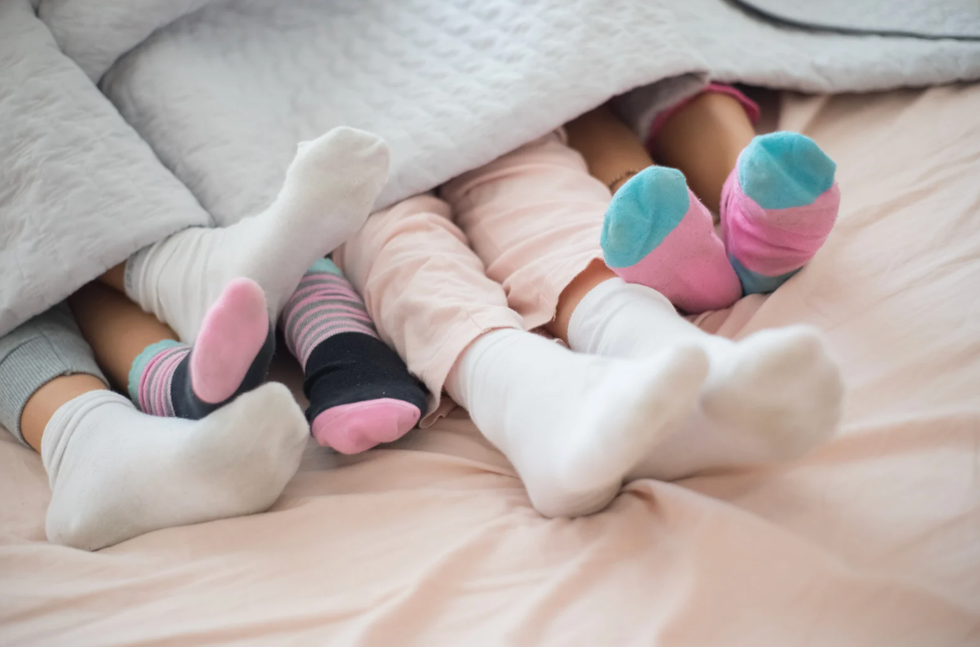 Socks warm your feet, but cool your core body temperature.Photo credit: Canva
Socks warm your feet, but cool your core body temperature.Photo credit: Canva
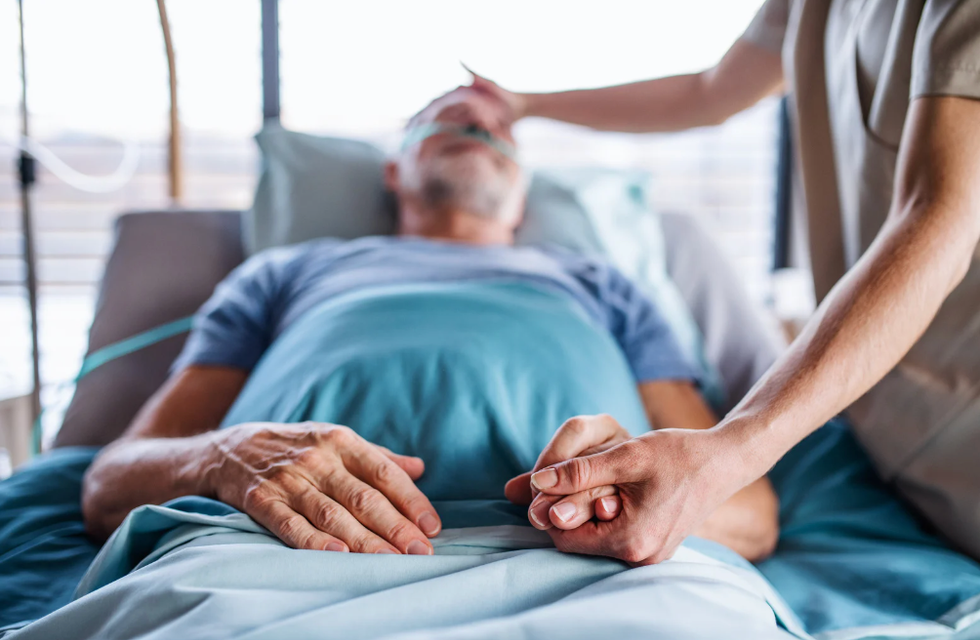 A new t-shirt could open up more hospital beds for patients.Photo credit: Canva
A new t-shirt could open up more hospital beds for patients.Photo credit: Canva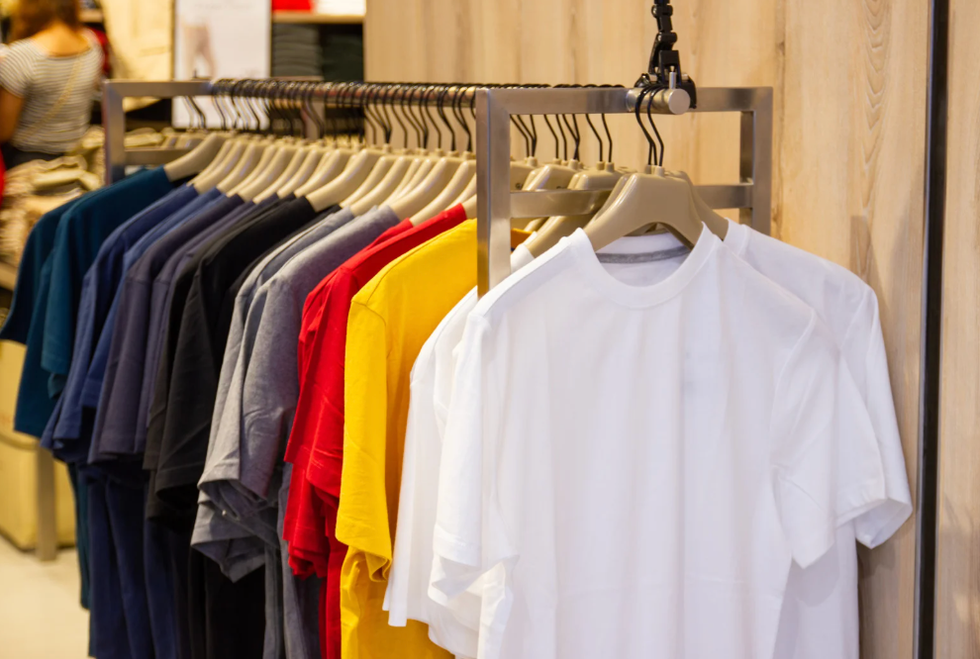 Wearable solutions could be revolutionary.Photo credit: Canva
Wearable solutions could be revolutionary.Photo credit: Canva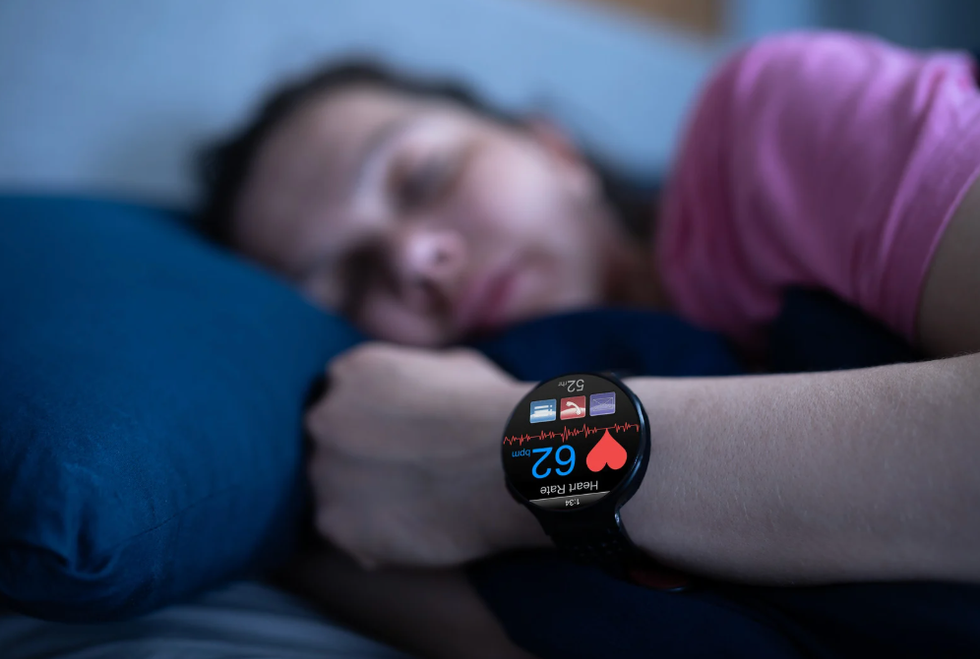 Many wearable tech devices could help you monitor your health.Photo credit: Canva
Many wearable tech devices could help you monitor your health.Photo credit: Canva